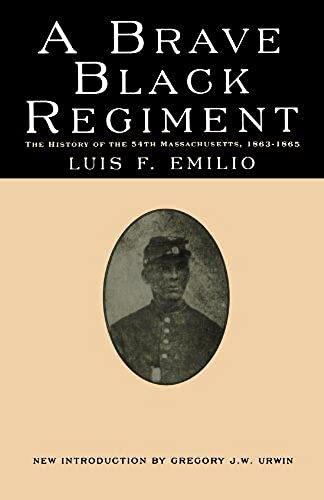Detailing the Battle of Fort Wagner
Fort Wagner, located on Morris Island, was a highly defended battery installment defending the southern side of the entrance to the Charleston Harbor. According to the American Battlefield Trust, Fort Wagner was "one of the toughest beachhead fortifications due to its location near a natural bottleneck that restricted soldiers". On July 10th, 1863 Union soldiers began advancing towards the fortification. Overseen by General Quincy Gilmore, Union troops landed on Morris Island and forced Confederate troops to fall back and defend Fort Wagner. The next morning, Union forces were pushed back by a fierce Confederate defense.
After Union forces where pushed back, General Gilmore ordered troops to regroup. The morning of July 18th, the Union fleet began bombarding Fort Wagner in hopes of weakening it's defenses so the next assault would be succesfull. According to Brian Pohanka of the American Battlefield Trust, Colonel Robert Gould Shaw was called upon to lead his 54th Massachsetts Volunteer Regiment in an assault of the Confederate Stronghold. "Your men, I know, are worn out, but do as you choose!" (Pohanka) exclaimed General Gilmore. That night, the regiment began their assault on the position.
Catain Luis Emilio, recounted the battle shortly after the war had ended in a book A Brave Black Regiment. As the attack began, the 54th Massachusetts found itself in a bottleneck and began advancing towards the Fort. "In this formation, as the dusk of evening came on, the regiment advanced at quick time, leading the column. The enemy opened on us a brisk fire, our pace now gradually increasing till it became a run. Soon canister and musketry began to tell on us. With Colonel Shaw leading, the assault was commenced. Exposed to the direct fire of canister and musketry, and, as the ramparts were mounted, to a like fire on our flanks, the havoc made in our ranks was very great." (Emilio, A Brave Black Regiment). The fighting then turned into a hand to hand skirmish, "Upon leaving the ditch for the parapet, they obstinately contested with the bayonet our advance. Notwithstanding these difficulties, the men succeeded in driving the enemy from most of their guns, many following the enemy into the fort. It was here upon the crest of the parapet that Colonel Shaw fell; here fell Captain Russel and Simpkins; here were also most of the officers wounded. The colors of the regiment reached the crest, and were there fought for by the enemy; the State flag there torn from its staff, but the staff remains with us. Hand grenades were now added to the missiles directed against the men." The Union attack had been beaten badly, and reinforcements never made it to the position.
While the 54th Massachusetts assault ended in defeat, their heroic acts gained them wide scaled support from a skepitcial country. The regiment suffered heavy casualties, including Colonel Shaw and many of their captians. Their loss was not in vain, as the fort was eventually taken after a sixty day siege. Countless soldiers from the 54th Massachusetts Regiment where awarded the Medal of Honor for their actions, and the country saw first hand how important African Americans could be towards the war effort.
Sergeant William Harvey Carney was the first African American soldier rewarded with the Medal of Honor, for picking up the fallen Union flag during the Battle of Fort Wagner. Sergeant William Harvey Carney recounted later in a letter "I threw away my gun, seized the colors, and made my way to the head of the column. Boys, I did but my duty; the dear old flag never touched the ground." (Sergeant William Harvey Carney). He was awarded the medal by President Theodore Roosevelt in 1900. His forgotten story is one key part in the greater battle for Fort Wagner, which is often skimmed over in the history of the Civil war.

